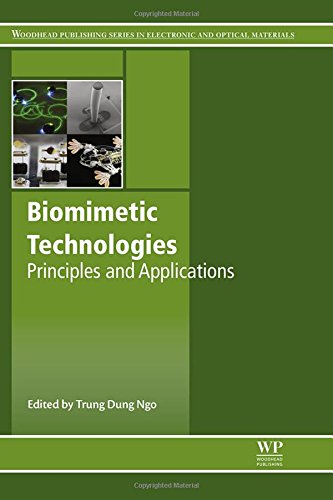

Most ebook files are in PDF format, so you can easily read them using various software such as Foxit Reader or directly on the Google Chrome browser.
Some ebook files are released by publishers in other formats such as .awz, .mobi, .epub, .fb2, etc. You may need to install specific software to read these formats on mobile/PC, such as Calibre.
Please read the tutorial at this link: https://ebookbell.com/faq
We offer FREE conversion to the popular formats you request; however, this may take some time. Therefore, right after payment, please email us, and we will try to provide the service as quickly as possible.
For some exceptional file formats or broken links (if any), please refrain from opening any disputes. Instead, email us first, and we will try to assist within a maximum of 6 hours.
EbookBell Team

0.0
0 reviewsBiomimetic engineering takes the principles of biological organisms and copies, mimics or adapts these in the design and development of new materials and technologies. Biomimetic Technologies reviews the key materials and processes involved in this groundbreaking field, supporting theoretical background by outlining a range of applications.
Beginning with an overview of the key principles and materials associated with biomimetic technologies in Part One, the book goes on to explore biomimetic sensors in more detail in Part Two, with bio-inspired tactile, hair-based, gas-sensing and sonar systems all reviewed. Biomimetic actuators are then the focus of Part Three, with vision systems, tissue growth and muscles all discussed. Finally, a wide range of applications are investigated in Part Four, where biomimetic technology and artificial intelligence are reviewed for such uses as bio-inspired climbing robots and multi-robot systems, microrobots with CMOS IC neural networks locomotion control, central pattern generators (CPG’s) and biologically inspired antenna arrays.